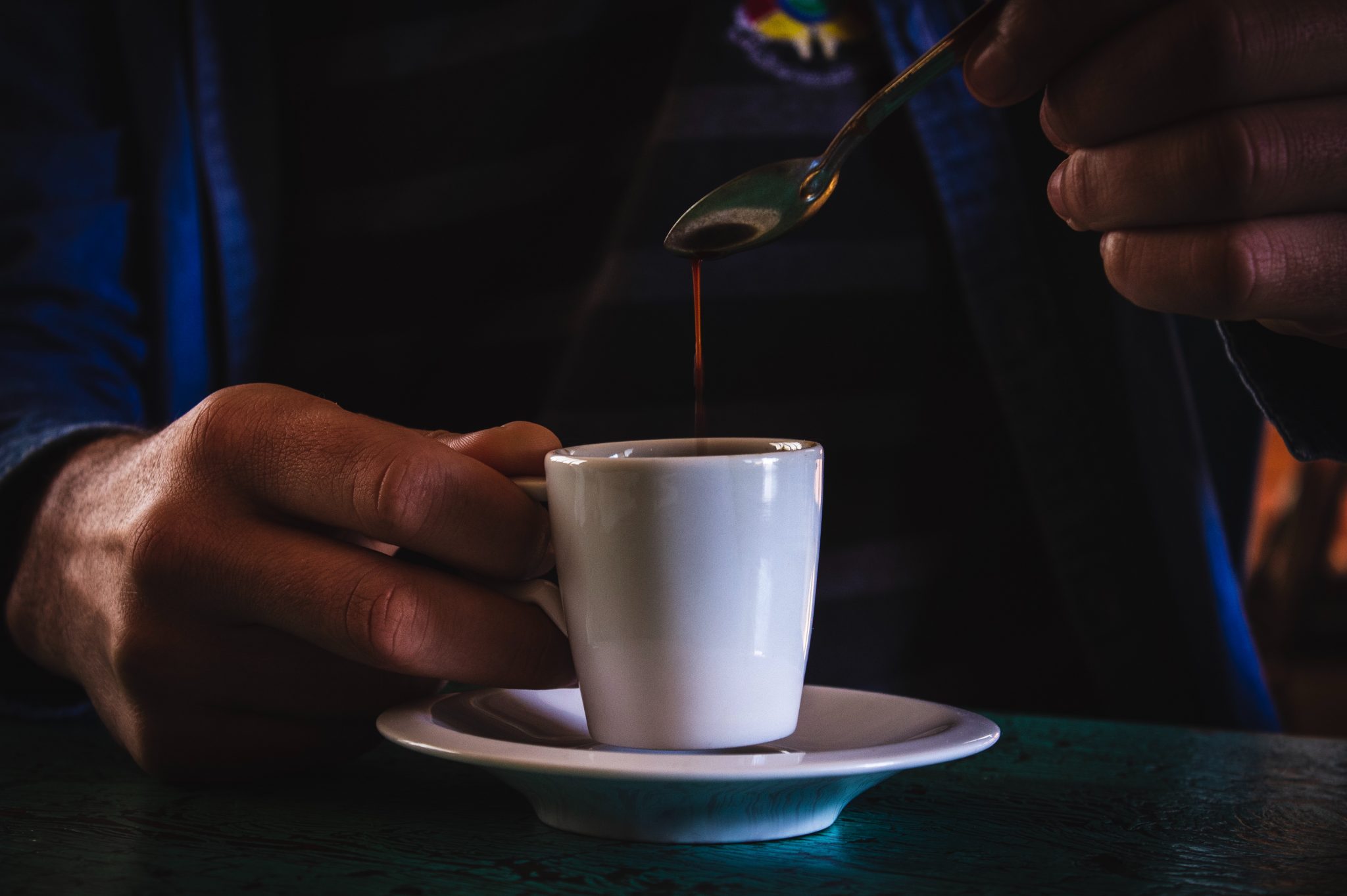Tea is a universally cherished beverage that has woven its way into the very fabric of cultures worldwide. It’s incredible how something as simple as leaves and water can give rise to such intricate rituals and diverse practices, from a hot cup of loose tea to the convenience of cold brew tea packs, which you can find almost anywhere.
China’s ancient brew
The incredible journey that tea has taken started in China thousands of years ago. According to legend, Emperor Shen Nong stumbled upon the first cup of tea when tea leaves accidentally drifted into a pot of boiling water. This humble discovery marked the dawn of a tradition that would soon traverse continents.
Thai iced tea
While in Thailand, we taste the dazzling combination of flavors that make up Thai iced tea. Strong Ceylon tea, condensed milk, and spices are used to make this tasty orange beverage. The end product is a smooth and spicy cream that is a welcome relief from the tropical heat. These drinks are now widely available around the world.
Japanese tea ceremonies
Japan’s chanoyu (tea ceremony) culture is world-famous for elevating tea to an art form. These rituals originated in Zen Buddhism and cultivate a sense of gratitude and awareness in the here and now. Grace and beauty are expressed in every action, from the meticulous brewing of matcha to the deft placement of cooking implements.
Chai
In India, people often drink “chai,” made with black tea, aromatic spices, milk, and sugar. Tea is merely a beverage, but chai is a way of life. In India, you can stop at any of the numerous street vendors for a hot cup of chai and a sense of community.
British afternoon tea
On the other hand, British afternoon tea is a formal occasion, complete with beautiful, delicate finger sandwiches and scones. Since the 19th century, when the upper class started having “afternoon tea” to enjoy delicacies and lively conversation, tea has been seen as a symbol of sophistication. This tradition began with the British Royal Family.
Moroccan mint tea
Warmth and tradition are celebrated via the Moroccan tea ceremony. In Morocco, “mint tea” refers to green tea sweetened with fresh mint. Pouring tea into elaborate teapots is customary until a foamy head forms at the top. This is thought to represent friendship and generosity.
Tea in Turkey
Traditional Turkish tea is a robust black tea brewed in a double teapot for optimal flavor. Sugar cubes and animated conversation are traditional accompaniments to a cup of Turkish tea, served in miniature glasses shaped like tulips according to local custom. It’s a custom that brings people together, allowing for deeper conversations with both familiar faces and new acquaintances.
Russian samovars and tea culture
The samovar, a traditional metal water boiler used in Russia, is integral to the country’s tea culture. Tea is brewed strongly, then water from a samovar is added to dilute it. This custom encourages the gathering of loved ones for a time of mutual comfort and reminiscence.
The Americas
The Americas have embraced tea in various forms. South America reveres yerba mate, an infusion with cultural significance, while the American South relishes sweet tea. Each variation reflects the region’s history, climate, and unique preferences.
Tea and health
The possible health advantages of tea have attracted interest beyond the realm of its cultural relevance. Tea’s constituents, including its antioxidants and possible stress-relieving qualities, have grabbed the curiosity of modern research, confirming the beliefs of ancient practitioners who saw tea as a curative drink.
Tea etiquette and rituals
Drinking tea is a social ritual in many different cultures. How we share tea often reflects our ideals and relationships, from the formal traditions of Japanese tea ceremonies to the casual camaraderie of afternoon teas.
Tea as a catalyst for connection
Beyond its delicious flavor, tea is beloved around the world because it serves as a unifying ritual. Sharing a cup of tea fosters a feeling of oneness that goes across national boundaries, whether you’re among family and friends or making new connections of any kind.
As we explore the world through the prism of tea traditions, we see that tea is more than just leaves infused in hot water. It’s proof of the ingenuity and flexibility of the human race. Tea’s delicate threads continue to weave themselves into the fabric of our lives, from the crowded souks of Marrakech to the peaceful gardens of Kyoto.


